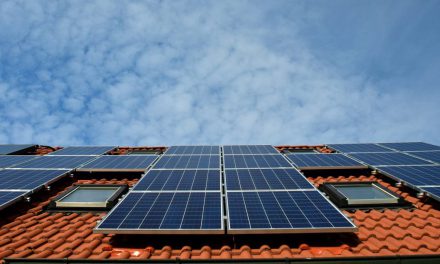While coastal regions continue to climb out of the jobless Lesser Depression, inland areas are wallowing in the doldrums, an unusually “bifurcated” California economy according to the third quarter 2011 UCLA Anderson Forecast. They blame the stalled nationwide economy.
Employment is expected to grow a measly 0.7% (about 100,000 jobs) in 2012 and 2% (about 200,000 jobs) in 2013. Unemployment will continue hovering around 12% until it hits 11% in 2013, as seen through the eyes of UCLA Anderson.
first tuesday take: This gloomy report is a far cry from the gospel of optimism preached in UCLA Anderson Forecasts issued the prior quarter. Their rollercoaster predictions continue to miss the long picture — California’s current economy is experiencing a bumpy plateau recovery, the operative word being bumpy. [For more information regarding the bumpy plateau recovery, see the September 2011 first tuesday Market Chart, Home sales volume and price peaks.]
Amid the waning stagnation, there are small highs and small lows in job growth and housing, the bumps which we have seen for three years and will experience for the next two years. Come January 2012 there will be another small rise, and we can predict the UCLA Anderson Forecast to be warm and fuzzy that quarter — that is, until the next drop in our California washboard recovery. [For more information regarding the UCLA Anderson Forecast, see the July 2011 first tuesday article, Just think positive and be happy?]
Their prediction for employment growth in 2012 and 2013 is not the likely scenario. first tuesday predicts about 250,000 jobs added in 2012 and another 250,000 to 300,000 in 2013. Businesses are positioning themselves for growth as we write. [For more information regarding California job growth, see the September 2011 first tuesday Market Chart, Jobs move real estate.]
As far as California’s “bifurcated economy” goes, when haven’t the coastal regions done better than inland regions? Lesser Depression or not, there is always more life west of the “5” than east of it. The consistently higher value of homes in beach cities over those in inland suburbia is nothing to split hairs about. [For more information regarding California pricing trends, see the November 2010 first tuesday Market Chart, Price-per-square-foot analysis of the California real estate market.]
Brokers and agents can help spur recovery by collectively spreading the word throughout their communities that current historically-low interest rates and home prices make perfect weather for home buying. Both low interest rates and low home prices — an economic oxymoron — can’t last, as one will have to give and it is prices that will give first. If homebuyers plan to stay in a home for the long term, now is the best time to get preapproved and join the hunt to make that purchase.
Let’s hope the monotonous chant of “buy, buy, buy” in the boom years does not poison today’s more enlightened call to “buy, buy, buy.”
Re: “The National Economy is Stalled, but No Recession in the Forecast” from the UCLA Anderson Forecast


















Economics is all theory. Most Ph.D. economist would agree. Will lower unemployment and more jobs take us out of this housing mess?
This may not be so. Look at Alberta Canada with very unemployment. They are starting to have similar problems
China and the rest of the world all had a buying real estate binge. California maybe the first to turn around and not because more employment?